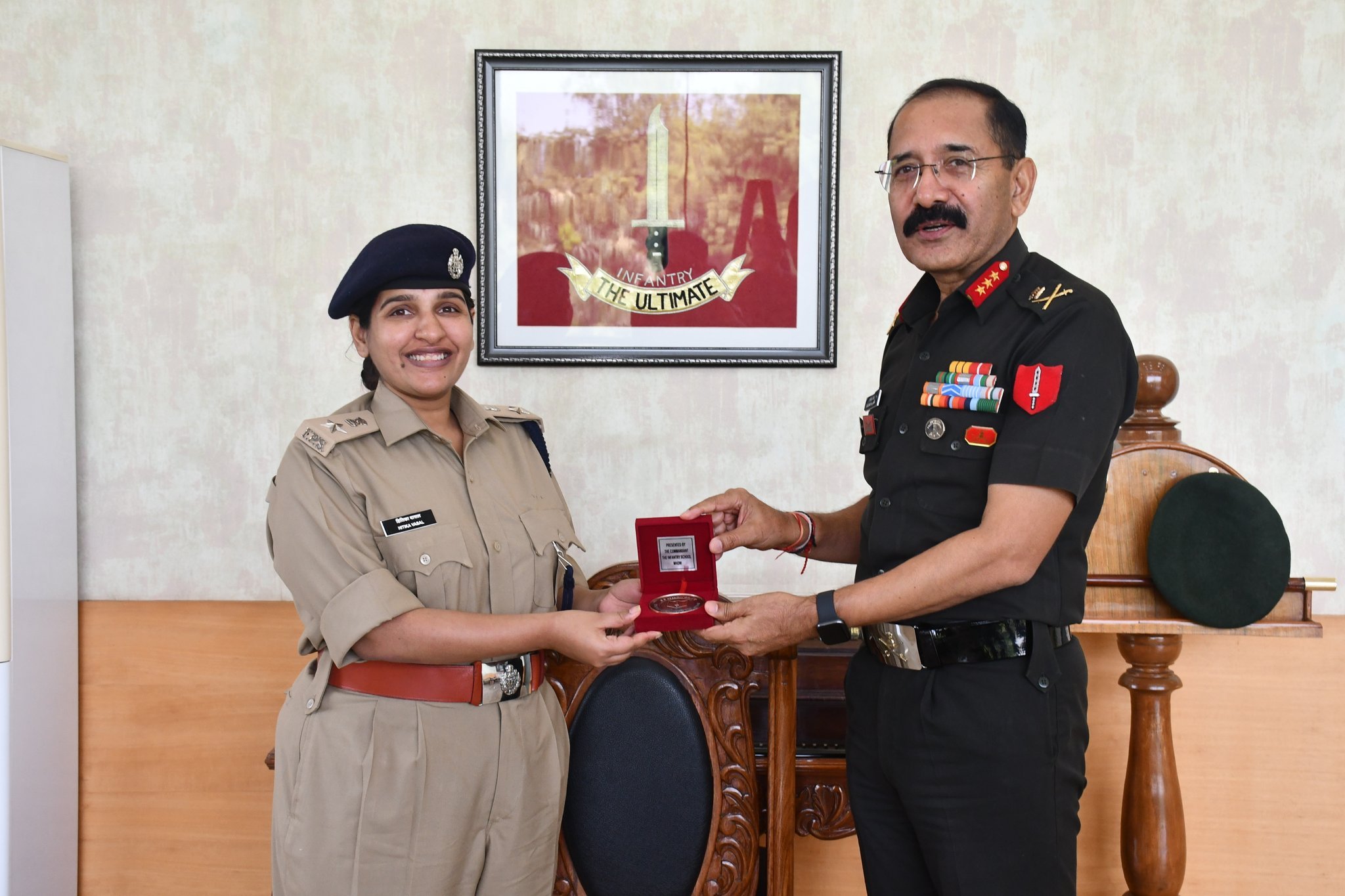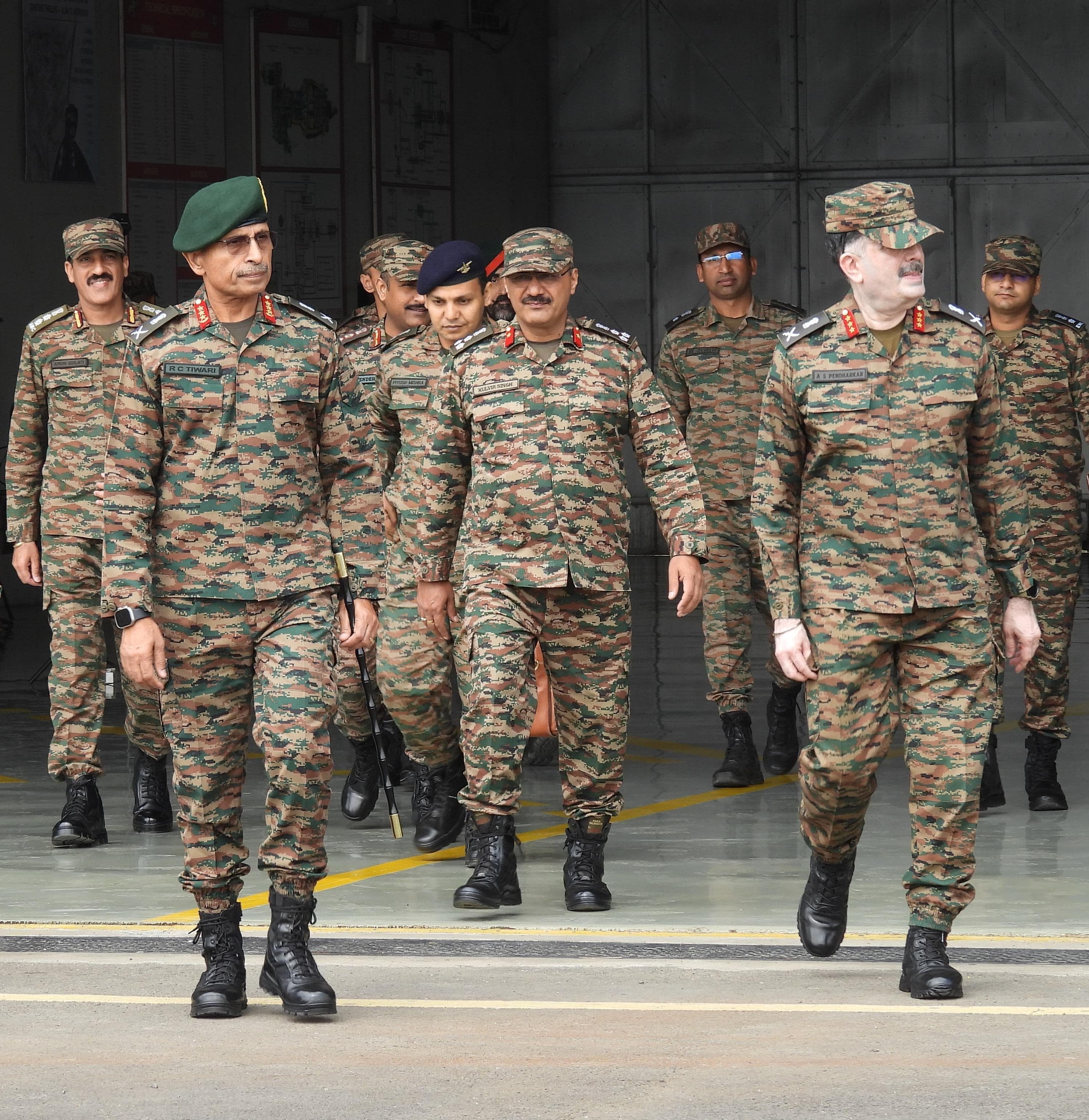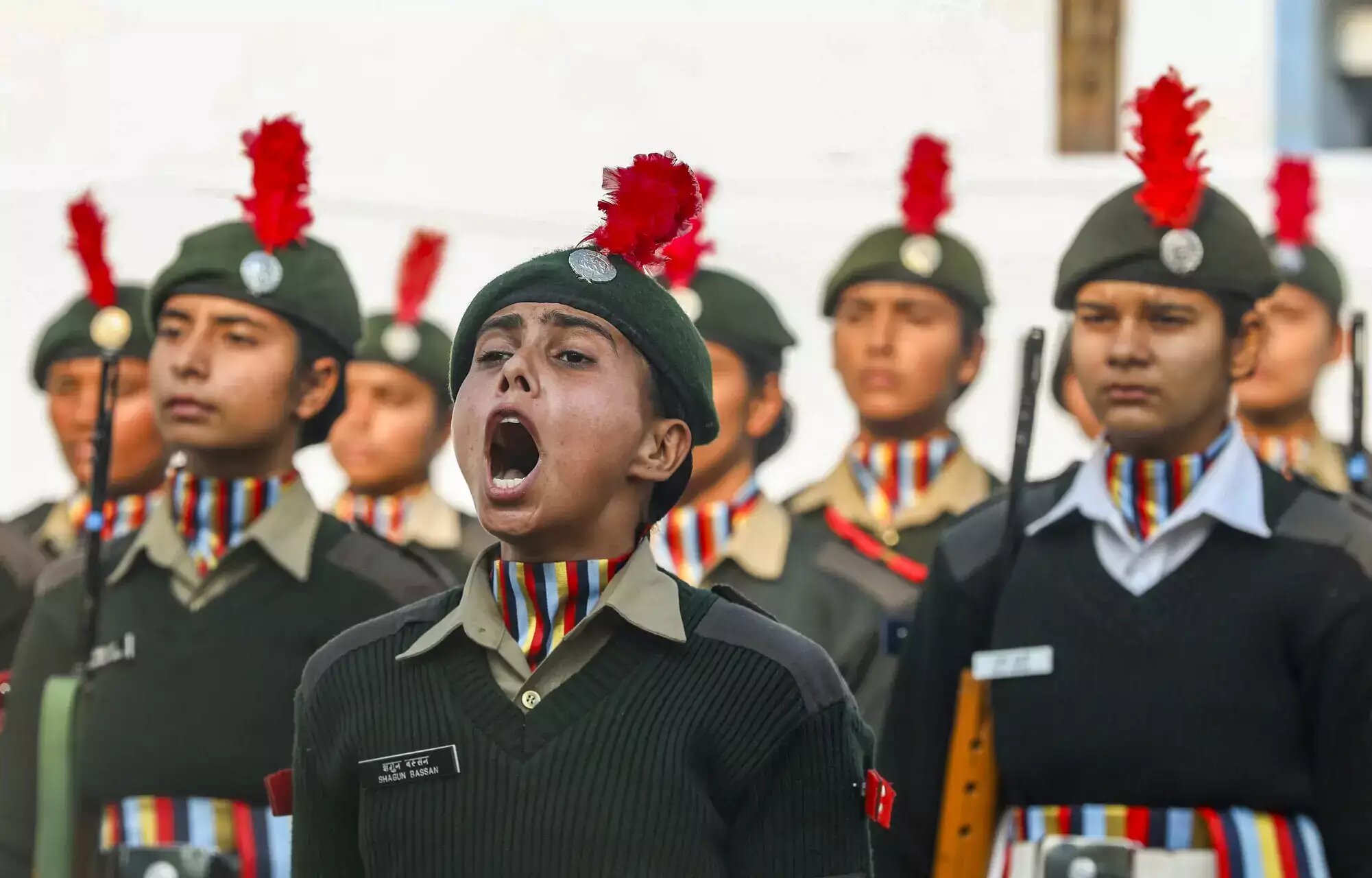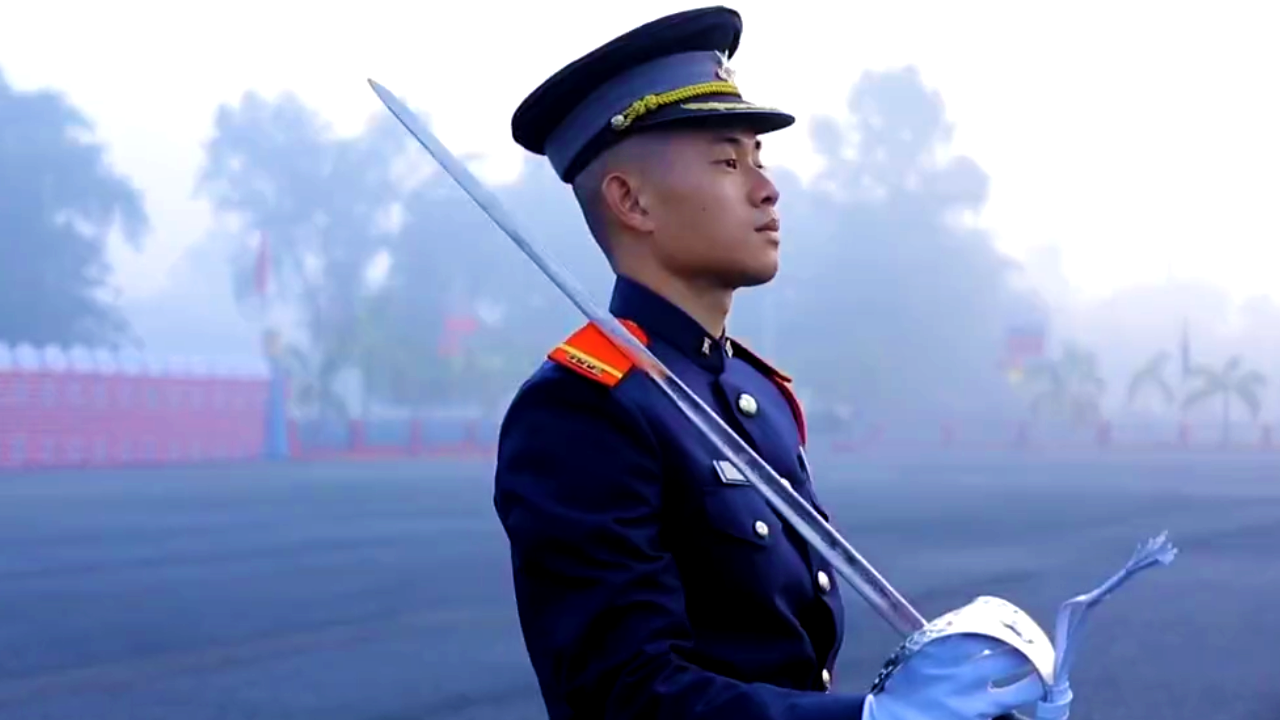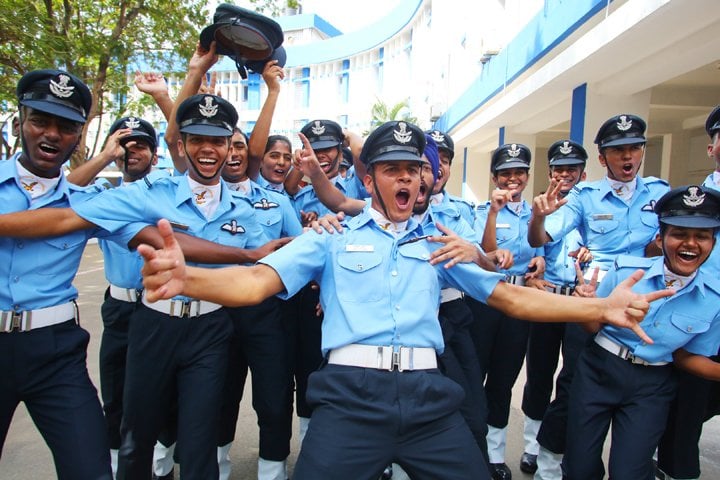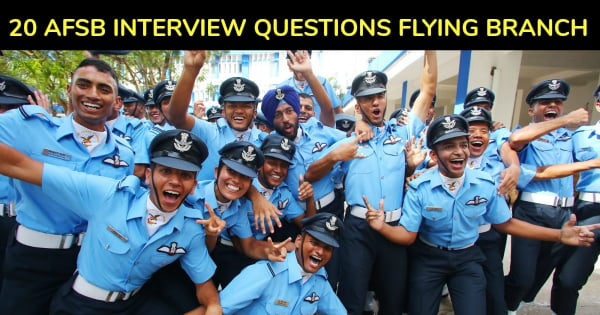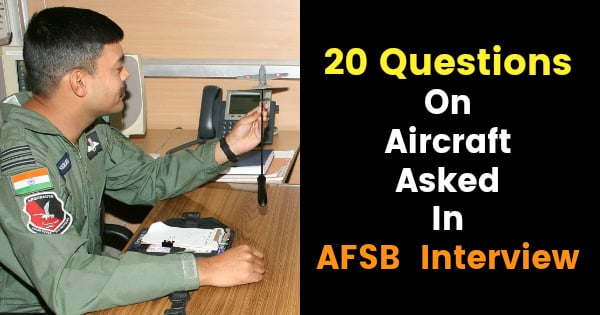Recent discussions surrounding gender issues within the Indian Army have been ignited by the leak of a demi-official letter from the General Officer Commanding (GOC) of 17 Corps, addressed to a senior officer. This letter included personal observations regarding the implementation of a policy that allows women to hold command positions within the Army. The subsequent public discourse surrounding the letter has been marked by a mix of emotions, critiques, and uninformed opinions, overshadowing what should be a constructive dialogue on an evolving policy.
The GOC’s right to share his insights should not be misconstrued. After a significant time following the adoption of this groundbreaking policy, it is within the officer’s command responsibilities to gather feedback from various units and formations, synthesizing it with his observations before reporting upward. It is crucial to understand that such assessments are part of a procedural effort to ensure that policies are effective and that both leaders and those they lead can adapt to new realities. As with any major shift, there is often a lengthy adjustment period; a review process is typically embedded within these policies, ensuring that they undergo a thorough examination before any revisions are considered.
Concerns over the leaked letter have emerged, highlighting the implications of discussing sensitive military policies publicly. Such leaks can exert undue pressure on leadership and distort informed debate by inviting uninformed opinions that may hinder progress. An investigation into the circumstances surrounding the leak and the implementation of countermeasures are essential to safeguard the integrity of internal communications.
Focusing on the primary issue of women in command, it is important to recognize that perspectives on their performance will vary widely based on individual experiences. While some may harbor reservations rooted in tradition, it is equally vital to acknowledge that numerous women officers have successfully adapted to their roles, albeit through different pathways than their male counterparts. The current cadre of women commanding officers has not undergone the same rigorous appraisal traditionally expected in a command-oriented culture, yet many are proving their capabilities.
The GOC’s observations regarding eight women COs within his corps reflect a broader sentiment likely shared by other commanders. Each commander’s feedback will contribute to a richer understanding of the operational dynamics at play. The Army’s leadership is expected to take these insights seriously to foster improved performance and integration.
Historical parallels illustrate the challenges of command transitions. In the late 1990s and early 2000s, the Army underwent notable shifts in its command structure, notably with younger officers leading units. This adjustment raised questions about maturity and experience, prompting proactive measures from commanders to guide younger officers effectively. The same commitment to mentorship and oversight will be crucial as the Army navigates the integration of women into command roles.
Moving forward, the focus must remain steadfast on the policy established, emphasizing the optimization of mission capabilities within the Indian Army. Opinions regarding women COs should be viewed through the lens of operational effectiveness; any insights should serve to strengthen the organization’s overall performance. The journey towards gender integration within the Army is ongoing, and while it may encounter obstacles and debates, it is essential to approach these issues with clarity, understanding, and a commitment to progress.






